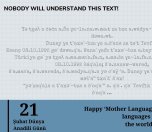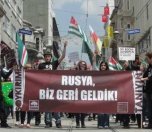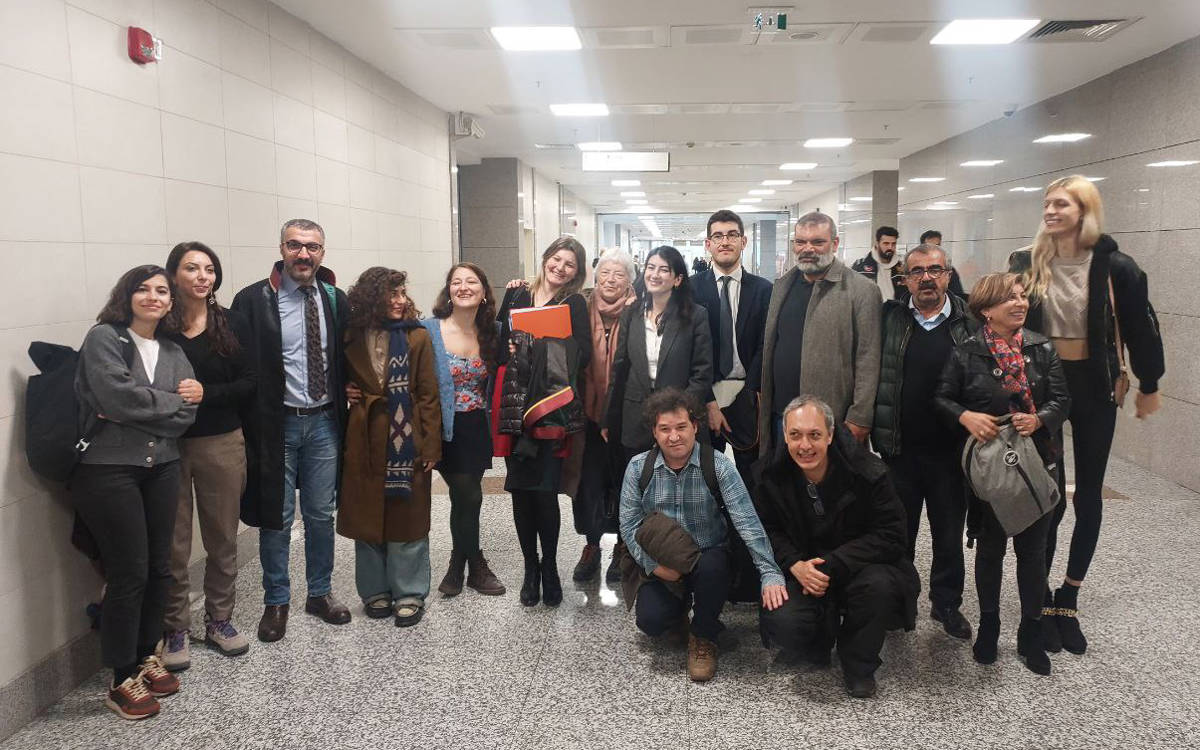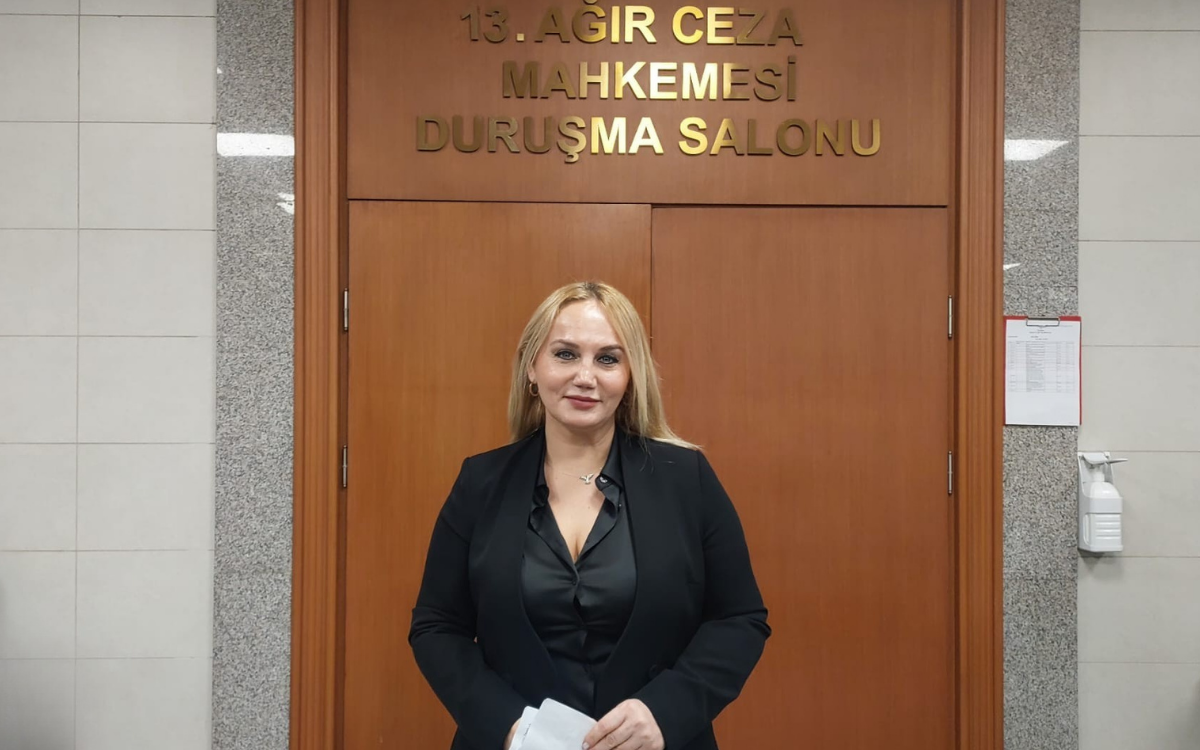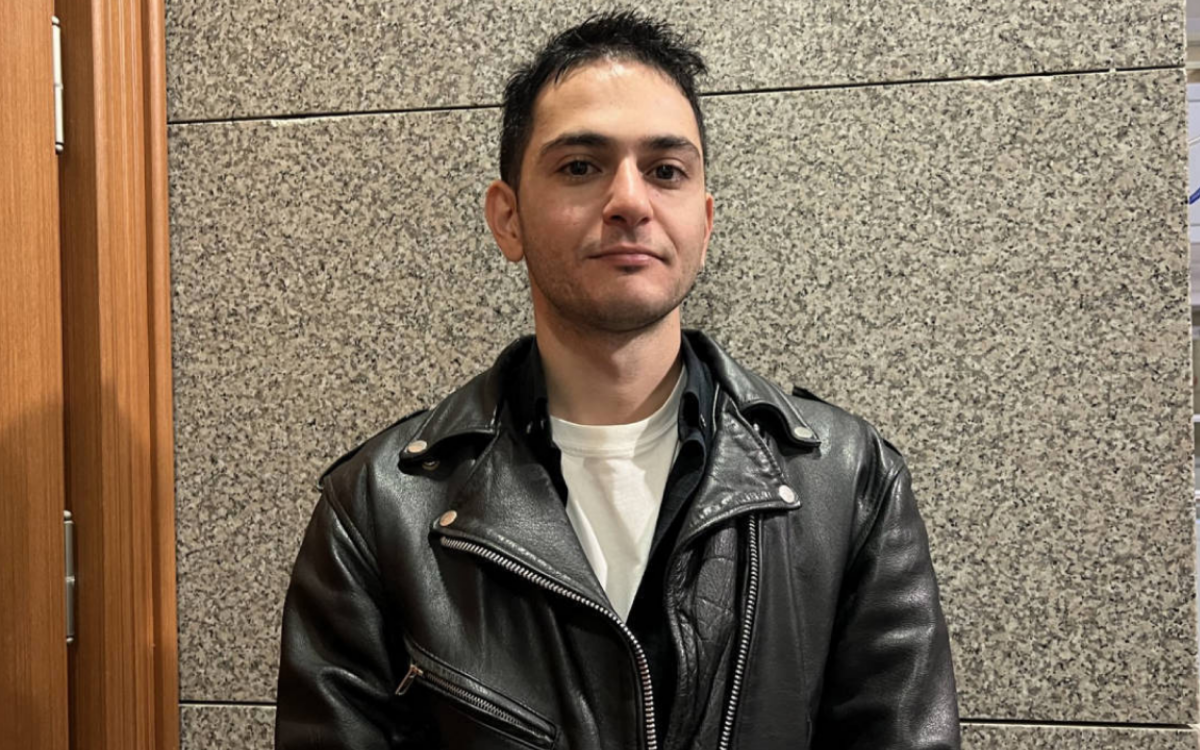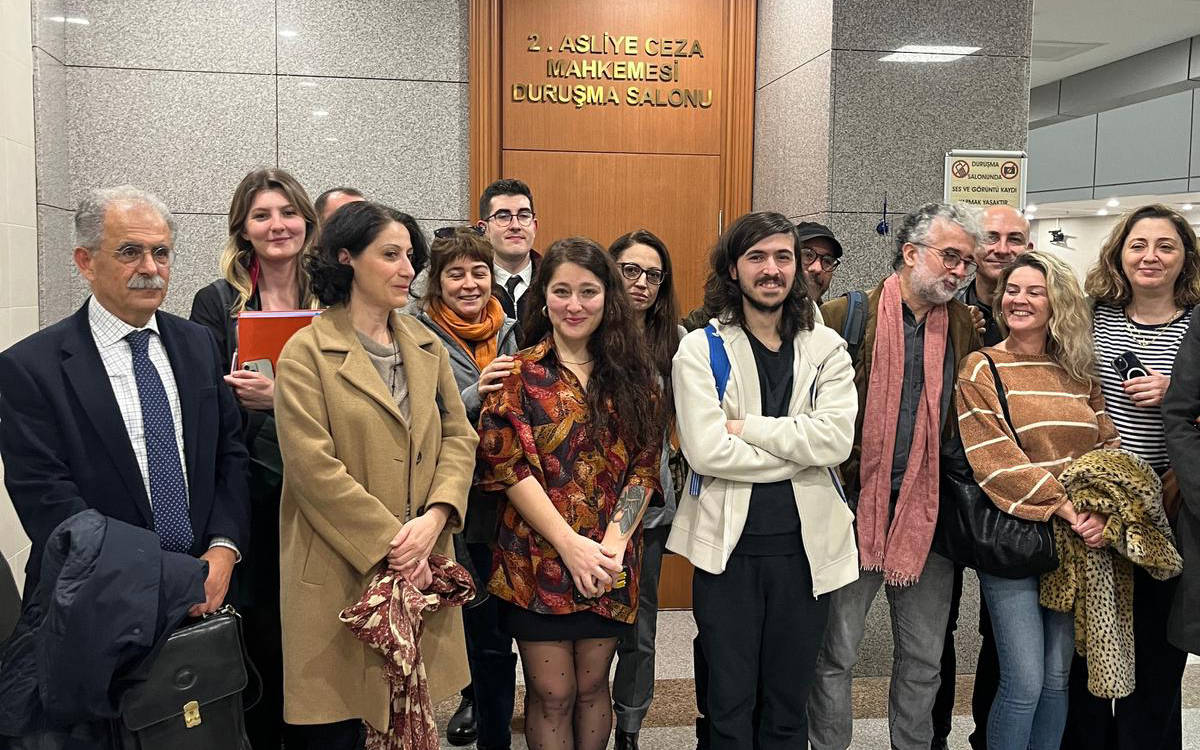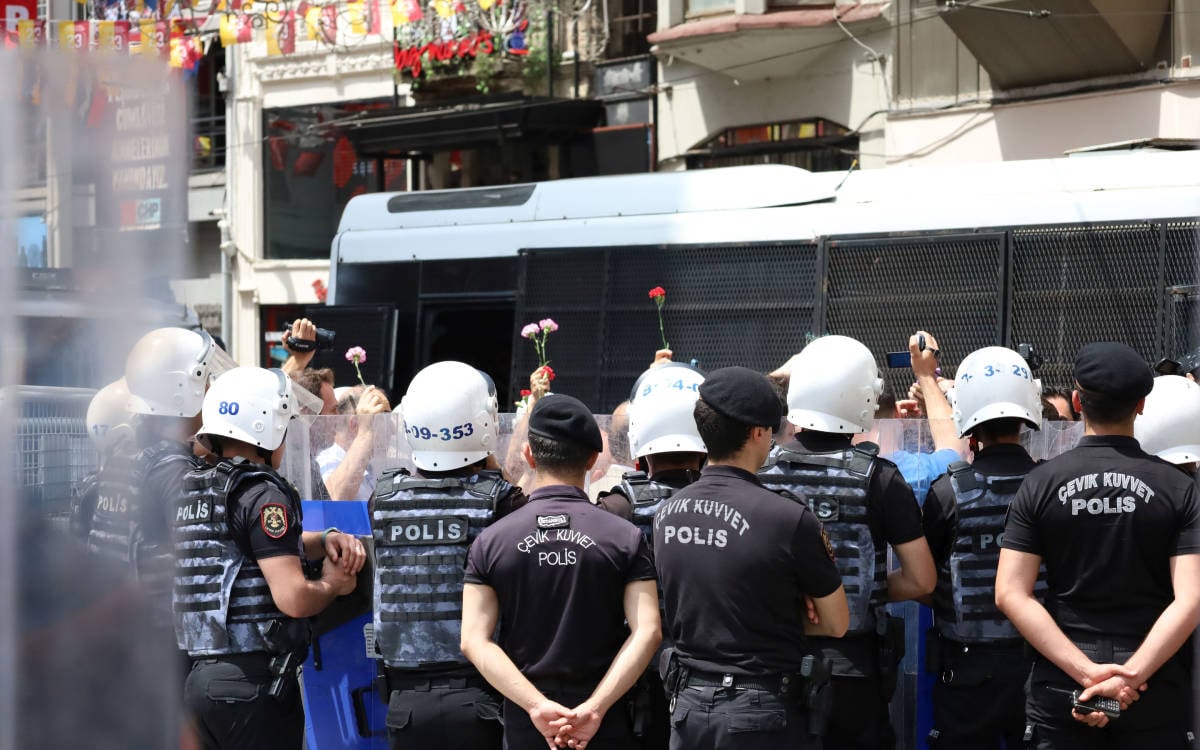Click to read the article in Turkish
Today is May 21. It marks the 156th anniversary of Circassian exile and genocide. On this occasion, multilingual Jıneps / Free Voice of Circassians newspaper has prepared a special joint issue with four newspapers from the motherland, namely Adıge Mak (АДЫГЭ МАКЪ), Adıge Psale (АДЫГЭ ПСАЛЪЭ), Çerkes Heku (ЧЕРКЕС ХЭКУ) and Şapsugiya (ШАПСУГИЯ).
Erdoğan Yılmaz, who edited the joint issue, reminds us that they have prepared a special issue in the mother language on March 14 Adyghe Language and Literature Day. "I learnt how to write in Adyghe language in early 1908s, but I have apparently forgotten it as I do not use it very often," he says and adds, "It was a hard, but good experience for me."
'First Circassian newspaper in the mother language after Ğuaze'
Yılmaz says that the idea of publishing a newspaper in the mother language first came up when Yıldız Şekerci was temporarily appointed as the Chair of the Federation of the Caucasian Associations (KAFFED) last year:
"When we visited Yıldız Şekerci as the Jıneps,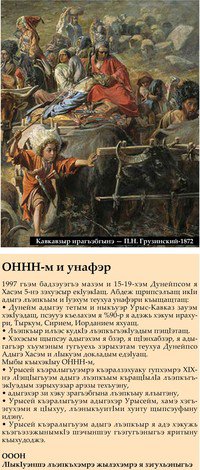 Adyghe Minister of Culture Avutle Yure (Аутлев Юрий) had just come from Maykop to Turkey for a workshop.
Adyghe Minister of Culture Avutle Yure (Аутлев Юрий) had just come from Maykop to Turkey for a workshop.
"Yure told us, 'You say you are a newspaper and publish a newspaper for the Circassians here. The newspapers in the motherland prepare an issue about a joint theme four times a year. Why don't you join them?'
"And we answered, 'Why not?' In November, we went to the motherland. We visited the newspapers and met with their editors-in-chief. The issue that they published on the Adyghe Language Day was their 123rd issue. As for us, it is our second issue with this recent one.
"Though it had a few shortcomings, the issue that we published on March 14 has become the first Circassian newspaper published in Turkey only in the mother language after Ğuaze newspaper.
"We had great difficulties as we did not use the Circassian language in writing in any way. When we try to write it, we think in Turkish and try to write in the Circassian language, which leads to some handicaps.
"But, thankfully, the fellow copy editors at the newspaper that we published the joint issue together helped us a lot. They changed what we wrote till the last minute, they edited it, they gave us great support. We could have something like that thanks to their support."
'We want to represent all Caucasian peoples in their mother languages'
Yılmaz says that they try to do everything in the mother language as much as possible and continues as follows:
"We, of course, do something like that for the first time. Our friend who does the page layout does not understand what is written there. When we published the first issue side by side on March 14, we clarified everything to our fellow graphic designer. But, while working on this issue, we had to communicate on the phone and computer due to coronavirus. We collected the articles on May 17 and could finish the newspaper at 2.30 a.m. last night.
"In this issue, everything is in the mother language, except for the sale points and the address of the printing house. We hope that we can represent all Caucasian peoples in our newspaper in their mother languages."
The content of the special issue
Yılmaz says that in addition to the KAFFED's declaration in the Adyghe language, the ABHAZFED Federation's declaration in Abkhaz language and Alan Foundation's declaration in Ossetic language, the joint issue also has articles in the eastern and western dialects of the Adyghe language.
Sharing further details about the issue, Yılmaz adds that Jıneps' op-ed on the Circassian exile has made the headline of the issue, which also has Jıneps' interviews with artists from Turkey and other diaspora countries of the world about the Circassian exile and genocide.
In addition to the joint articles, Erdoğan Yılmaz says that this issue of the newspaper also contains an Adyghe translation of the Unrepresented Nations and Peoples Organization's (UNPO) decree dated 1997 and pertaining to the recognition of the Circassian exile.
Yılmaz concludes his remarks in following words:
"It was a difficult process for me. Checking and managing all translations... And, we have also apparently forgotten how to write. I learnt how to write in the Adyghe language in early 1980s, but I have apparently forgotten it as I do not use it very often. It was a hard, but good experience for me."
About Jıneps
It has been published since 2005. It reports on the issues and problems concerning Circassians in Turkey and in the countries where the diaspora lives. It offers an open archive to researchers and academics from around the world who are interested in the Circassian culture and history.
Click here for the website of the newspaper.
What happened in the Circassian Genocide?The then Tsarist Russia in 1864 organized a set of attacks to conquer the Caucasus and encountered with a resistance from both Circassians and Chechens. Later on, Tsarist Russia forcefully exiled the people in the region. Through the population policy of the Tsarist Russia, around 1.5 million Circassian were gathered in the port cities such Tuapse, Sochi and Sukhumi, and exiled to the Ottoman territories such as Varna, Samsun, Sinop and Trabzon. However, according to the unofficial numbers, around 400-500 thousand Circassians died because of the difficult circumstances on the road, epidemic diseases and hunger. Circassians who were exiled mostly to the Anatolian and Rumelia territories migrated to the regions such as Syria and Jordan. |
(HA/SD)






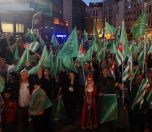
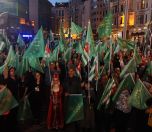
-132.jpg)
